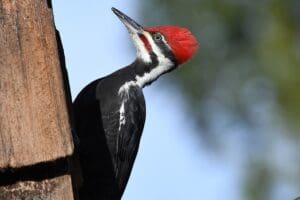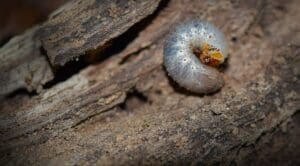
Good evening and Happy Christmas Eve! We at Molloy hope that you and your family have a very Merry Christmas tomorrow. Today we are concluding our special holiday series by talking about another type of plant that is commonly seen this time of year – holly.
Giraffes Would Find Eating Holly Leaves Easier
Holly’s very known for having spiny, tough leaves. Those needle-like, long spines are great for deterring browsing animals. But if you look really high up on the holly trees, you’ll see that those leaves aren’t as spiny up high. So, fortunately for the holly trees, there aren’t many wild giraffes where they grow. So they just have to protect their lower leaves where cattle, deer, goats, horses, and sheep are going to try eating them.
Holly Bushes with Berries are Female
Holly’s known as a dioecious (taken from the Greek meaning “two households”. This means that each of the bushes is female or male. Each type of bush is needed close by to do cross-pollination and guarantee berries. So the bushes that are full of berries at Christmastime always are female. Those that don’t have berries may be male. Or they also might be a female growing by itself. Even more confusing? Golden Kings are always female. Golden Queen are always male.
The Holly Bush will Control How & When Berries get Eaten
A lot of birds are attracted by the bright red berries of holly, particularly fieldfares, blackbirds, song thrushes, and redwings. In the fall and the early winter months, these berries are very bitter and hard because of the compounds that they contain, including cyanogenic glycosides, flavonoids, and saponins. As the winter goes on, the chemicals are broken down by hard frosts, which makes those berries eatable in the later winter and the early spring, when hedges are mostly bare.
But even during this time, they still have some toxicity. Therefore, the birds will only eat several during each visit. Therefore, there are frequent visits needed. This helps with dispersing the seeds since the seeds get deposited in the droppings in many places.
Holly Leaves Aren’t Eaten by Many Insects
There are just 29 insect species that eat holly leaves. This is not very many when you compare it to almost 200 insect species for hawthorn and more than 260 species for blackthorn. Those insects feeding on holly include holly blue butterflies. These butterflies’ caterpillars will also eat the flowers, the young leaves, and the young berries. It’s unusual but they prefer the female plants.
The leaf miners will feed for a lot longer on the bushes. As the bush’s new leaves are unfurling during April as well as may, the leaf miner females are laying their eggs upon leaf stalk undersides or midrib bases. Their larva feed in the midrib and move towards the tip of the leaf. This goes until January when it will emerge into the blade of the leaf and create the tunnel through the leaf’s center. Then the adults will emerge during the next May or even June.
Holly’s Known for Deterring Evil Spirits & Witches
This could originally come from holly’s evergreen nature. Unlike all of the other wood in the winter that looked lifeless and dead, holly has a lot of berries and it’s green. This gives everyone hope that spring is coming. That may be why people would bring holly in. it wards away evil. It’s also thought to be bad luck to cut down holly bushes.
These are five facts about holly that you might not have known. Again, Merry Christmas tomorrow and have a wonderful time with family and friends.




